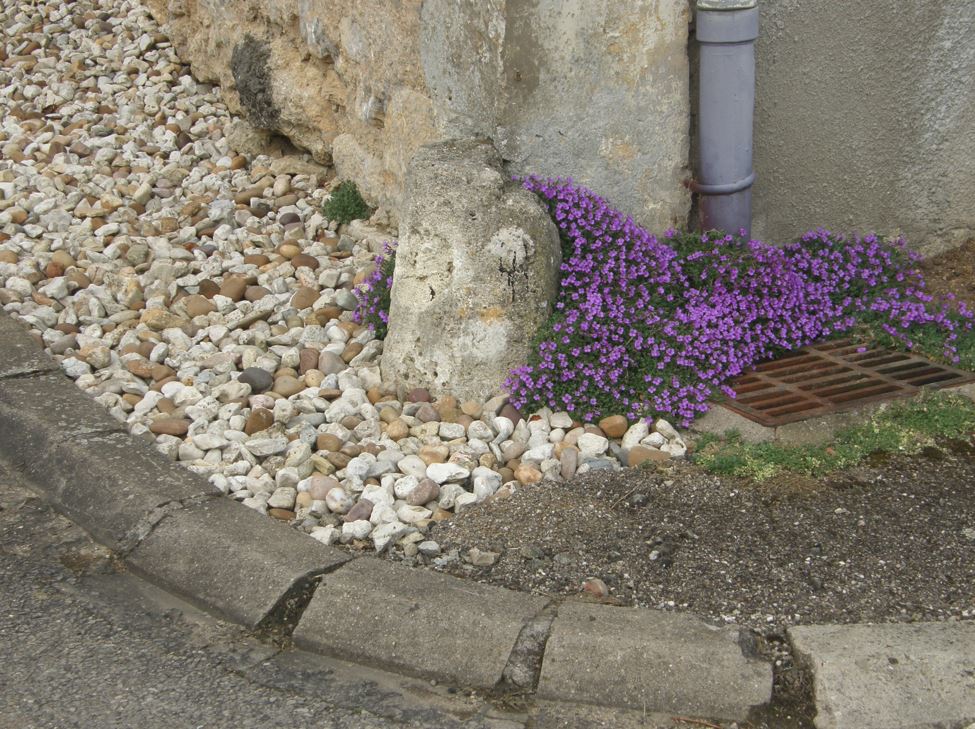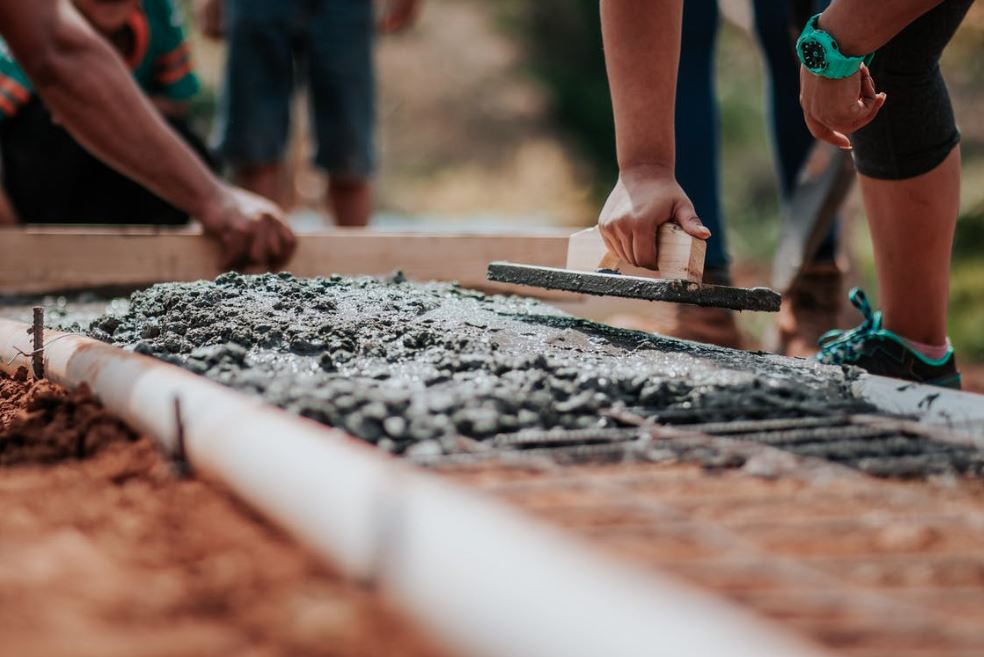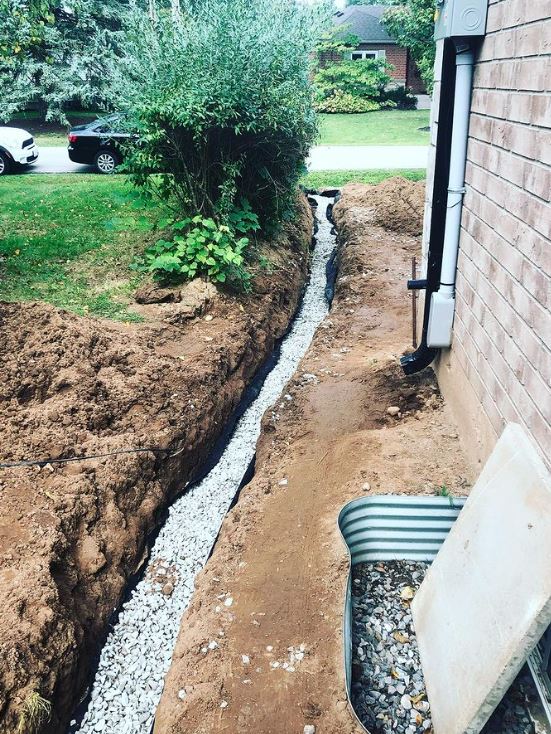Dealing with foundation drain issues can be a major headache. If left for too long, water can damage your foundation and even seep into your home. Here are a few tips on how to deal with foundation drain issues before they become a bigger problem.
Signs of Foundation Drainage Problems
There are several telltale signs that foundation drainage problems may be present. If you notice any of the following issues, it’s worth having a professional take a closer look:
Wet Spots on the Floor
One of the most common signs of foundation drainage problems is wet spots on the floor. This may be caused by water seeping in through the foundation or by water draining improperly off of the roof and/or gutters.

Standing Water
Another sign of drainage problems is standing water around the home. This can often be seen in low-lying areas such as near the foundation or around drains.
Muddy Soil
When soil around your home is consistently muddy, it’s often a sign that water is not draining properly. This can lead to a number of problems, including foundation damage, so it’s important to address the issue as soon as possible.
Cracks in the Foundation
Foundation cracks are another common sign of drainage problems. These cracks can allow water to seep into your home, which can cause serious damage.

What are the consequences of not dealing with foundation drain issues?
If you have a foundation drain issue that is not addressed, the consequences can be disastrous. Water damage to your home’s foundation and structure can occur, as well as mold growth and other structural problems. Additionally, if the water sits in your yard it can cause flooding in your neighborhood or even further down the street. It is essential to address any foundation drainage issues as soon as they are discovered in order to avoid these costly and dangerous consequences.
How do I fix a foundation drainage problem?
If you’re experiencing a foundation drain problem, the first thing you’ll want to do is identify the source of the leak. Once you know where the leak is coming from, you can start troubleshooting and fixing the issue. Here are a few tips on how to fix a foundation drain problem:
- If the leak is coming from a crack in your foundation, you can repair it with concrete or epoxy.
- If the leak is coming from your sewer drainage system, make sure all of your pipes are properly sealed and that there’s no debris blocking the flow of water.
- If water is pooling around your foundation, install a French drain to divert water away from your home.
- These are just a few of the most common ways to fix foundation drain issues. If you’re having trouble finding and fixing the source of the leak, it’s always best to consult with a professional.
Avoiding outside drainage problems
There are a few things you can do to avoid foundation drainage problems. One is to make sure that your gutters and downspouts are clean and clear. Another is to grade your land around your home so that water flows away from the foundation. You can also install a drainage system, such as a French drain, around your foundation to help keep water away from it. If you have any existing drainage problems, you should have them repaired as soon as possible to prevent further damage to your home’s foundation. This article covers Types of Soil Erosion and Mitigation Strategies.
Foundation Drainage Systems
As soon as you see signs of foundation problems, it is important to take action and find a solution. The faster you act, the less damage will be done to your home. There are many different foundation drainage solutions available, and the best one for your home will depend on the extent of the problem and the location of your home.
French Drains
One common solution is to install French drains around the perimeter of your home. French drains are trenches that are filled with gravel or other materials that allow water to drain through. This can effectively remove water from around your foundation and prevent it from causing problems.
The advantages of installing a French Drainage System
- They are relatively easy to install
Can be used in a variety of soil types
- Are effective at removing water from around the foundation
The disadvantages of installing a French Drainage System are:
- Can be expensive
- Often require professional installation
How do French drains work?
French drains work by diverting water away from your foundation and into a ditch or other drainage system. The water is then carried away from your home, preventing it from causing any damage.

Sump Pumps
Another common solution is to install a sump pump. A sump pump is a device that pumps water out of your home and away from the foundation. This can effectively remove water that has already pooled around your foundation and prevent further damage.
The advantages of installing a Sump Pump are:
- Can be installed by a homeowner
- Is not as expensive as some other solutions
- Can effectively remove water from around the foundation

The disadvantages of installing a Sump Pump are:
- Requires regular maintenance
- If the power goes out, the pump will not work
- It may not be effective in very wet conditions
How do Sump Pumps work?
Sump pumps work by pumping water out of your home and away from the foundation. The pump is usually installed in the basement or crawlspace and is activated when water levels reach a certain point. The pump then kicks on and pumps the water out of the home and into a drainage system.
Do You Have Drainage Problems On Your Property? Call 732-370-0291 or Contact Us for a Free Quote
Final Thoughts
Dealing with foundation drainage issues can be a major headache. If you’re not careful, the water can damage your foundation wall and even seep into your home. Here are a few tips on how to deal with foundation drain issues before they become a bigger problem. These are just a few of the most common ways to fix foundation drain issues. If you’re having trouble finding and fixing the source of the leak, it’s always best to consult with a professional.
Frequently Asked Questions
Q: Is a drain pipe a good foundation drainage solution?
A: Drain pipes are a good foundation drainage solution as long as the slope of the pipe is enough to move the water away from the foundation and there is no blockage in the pipe. If there is a blockage, the water will back up and cause damage to the foundation.
Q: Will tree roots make poor drainage?
A: Native plants and tree roots improve drainage in soil by loosening compacted soil and improving soil structure. Flooding is usually the result of compacted soil and deep rooted plants and trees break through compacted layers improving water infiltration rates.
Q: Do foundation walls help surface drainage?
A: Foundation walls can help surface drainage in a number of ways. One is by directing runoff from upslope areas away from the foundation and towards an outlet, such as a storm drain or dry well. This can help to keep the foundation area dry, which can in turn prolong the life of the foundation and prevent moisture-related damage. Another way that foundation walls can help with surface drainage is by providing support for gutters and downspouts. By doing so, they can ensure that water flowing off of the roof is directed away from the foundation and does not pool around it. Finally, some types of foundations (such as those with a French drain) are specifically designed to aid in surface drainage.
Q: Are foundation drains the same as a footing drain?
A: There is some overlap between foundation drains and footing drains, but they are not exactly the same thing. A footing drain is a type of foundation drain that is installed in the soil below the frost line in order to collect and remove groundwater and surface water from around the foundation of a building. Foundation drains, on the other hand, are installed on or inside of the foundation wall in order to collect and remove water that accumulates inside the foundation.
Q: What is a catch basin?
A: A catch basin is a drainage device used to collect runoff from an impermeable surface. Catch basins, storm drains, and other SWM structures intercept pollutants in runoff before they reach surface waters.

